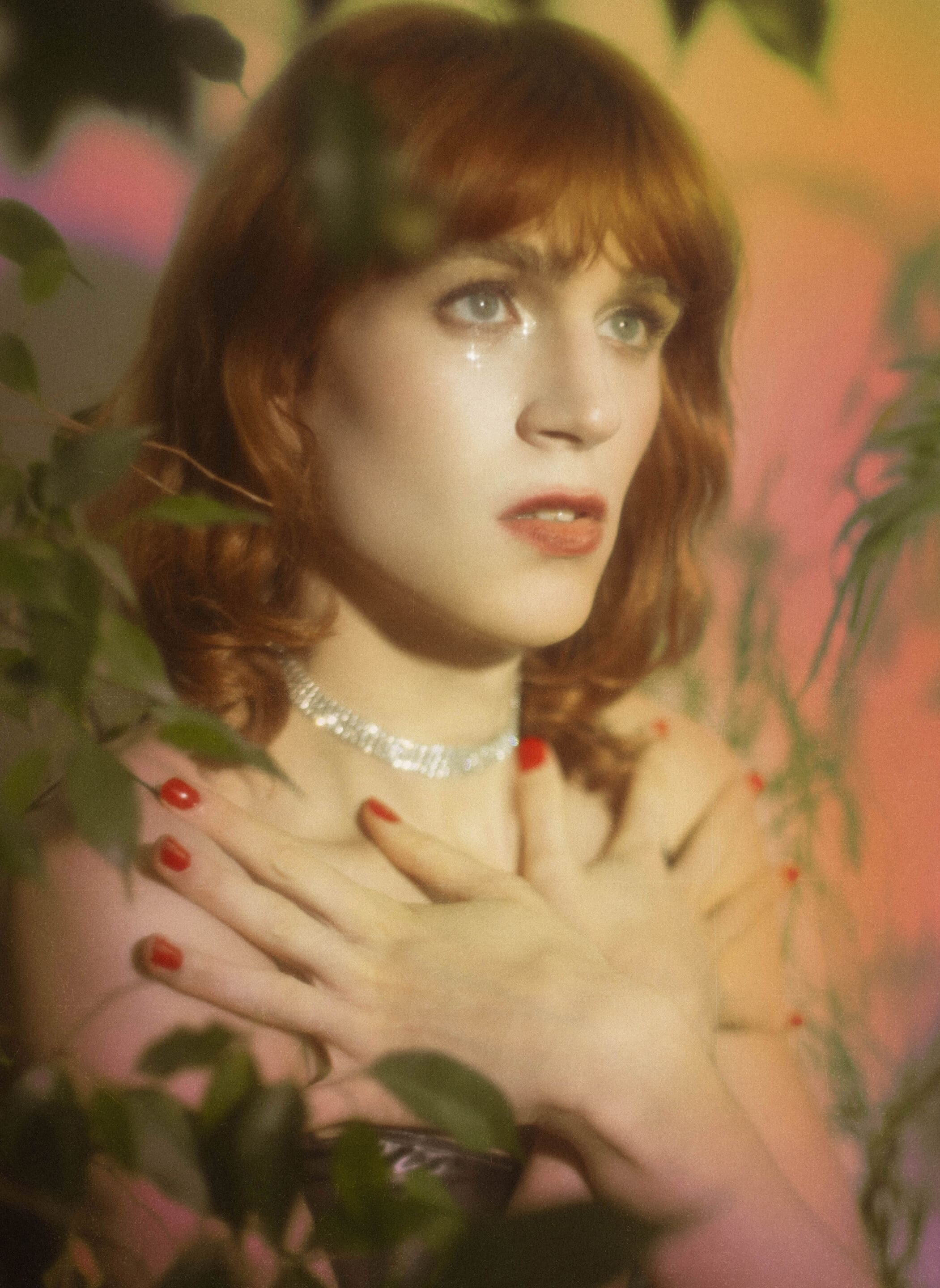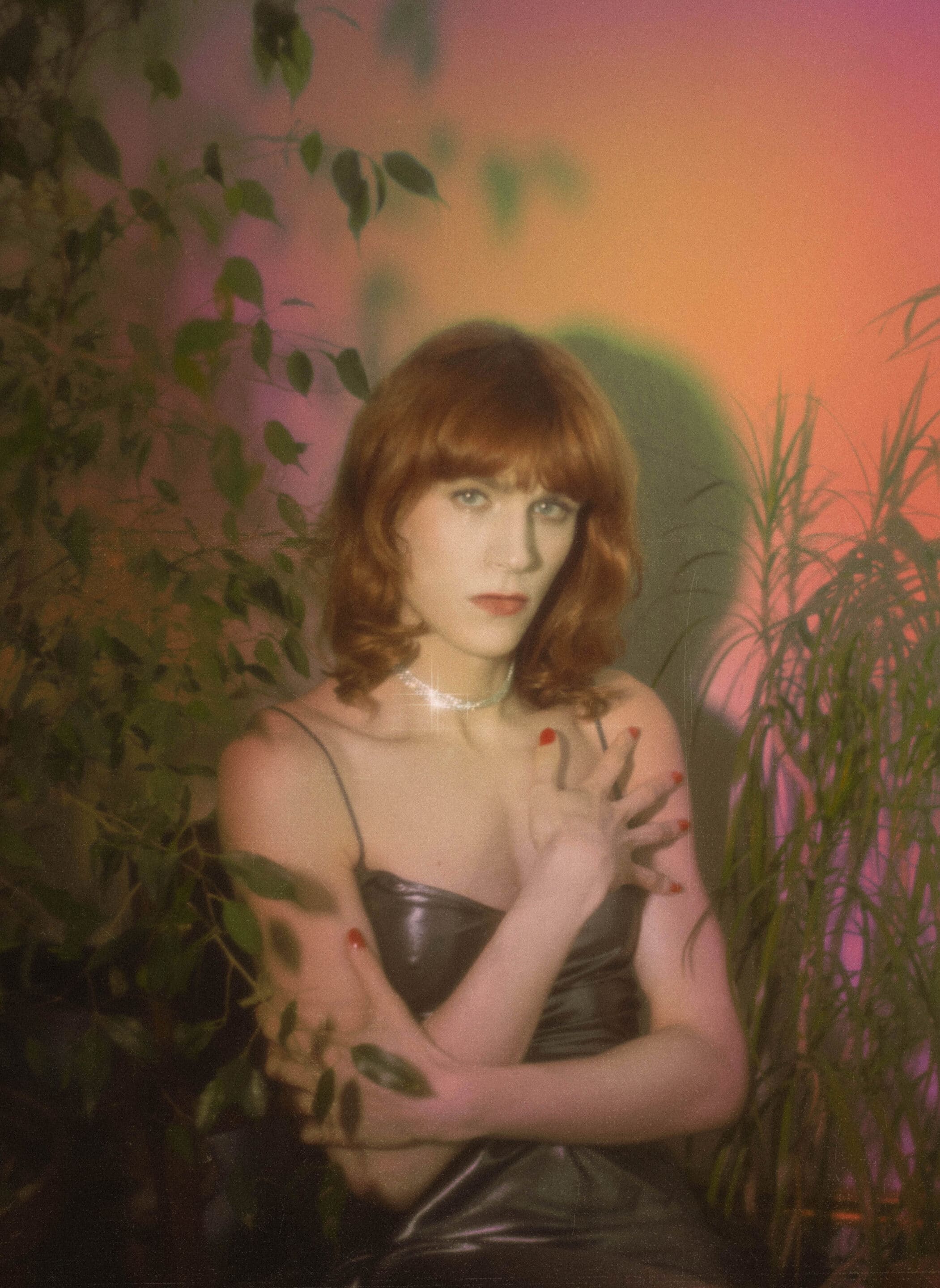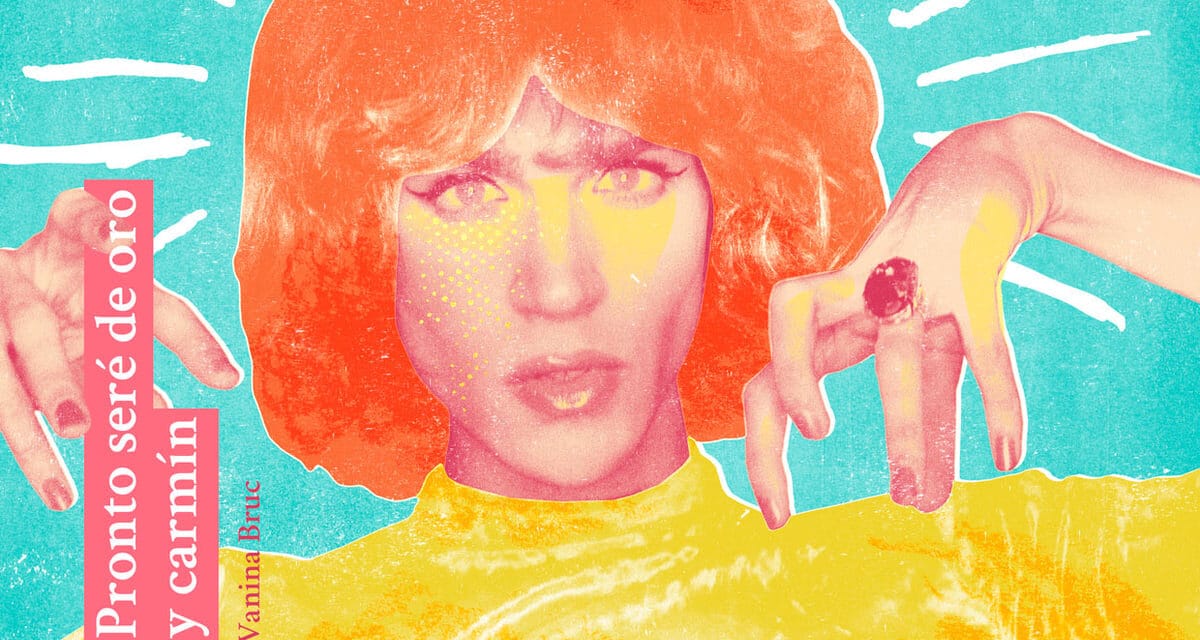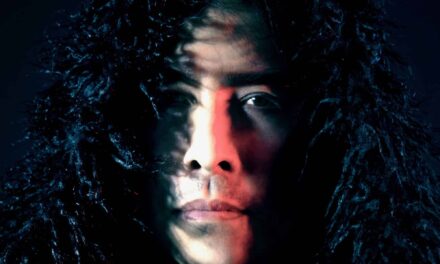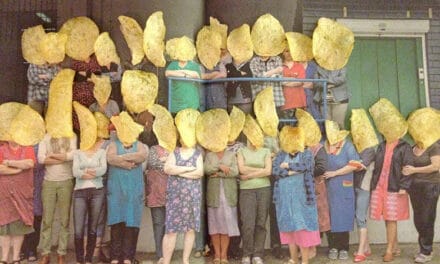“If I can understand your point of view, even if I don’t share your ideas, you are perfectly capable of understanding mine. This is called humanity.“
Spanish model, writer, illustrator, and queer icon Vanina Cornelia Bruc sparkles with vivid creative energy and craves to explore all the recesses of the human mind. Her latest book, Pronto seré de oro y carmín (Soon I will be gold and carmine), is a supple union between a multi-temporal, multi-spatial journey that affects all senses, and a genuine reflection of the most pressing human need for freedom.
Born in Barcelona, she’s already lived in London, Madrid, Granada and Berlin, and now she’s planning on moving to Paris…Vanina definitely likes to move around a lot. “I don’t like the feeling of being stagnant“, she says. Before deciding on one specific place to live, she wants to try them all out.
“As long as possible, I want to change locations frequently. I need to be in places that inspire me and that allow me to grow as a creator, but also as a person. I also think we’re different people in each setting, we have to adapt to new circumstances and so we discover things about ourselves. For me, this whole process is personal growth.“
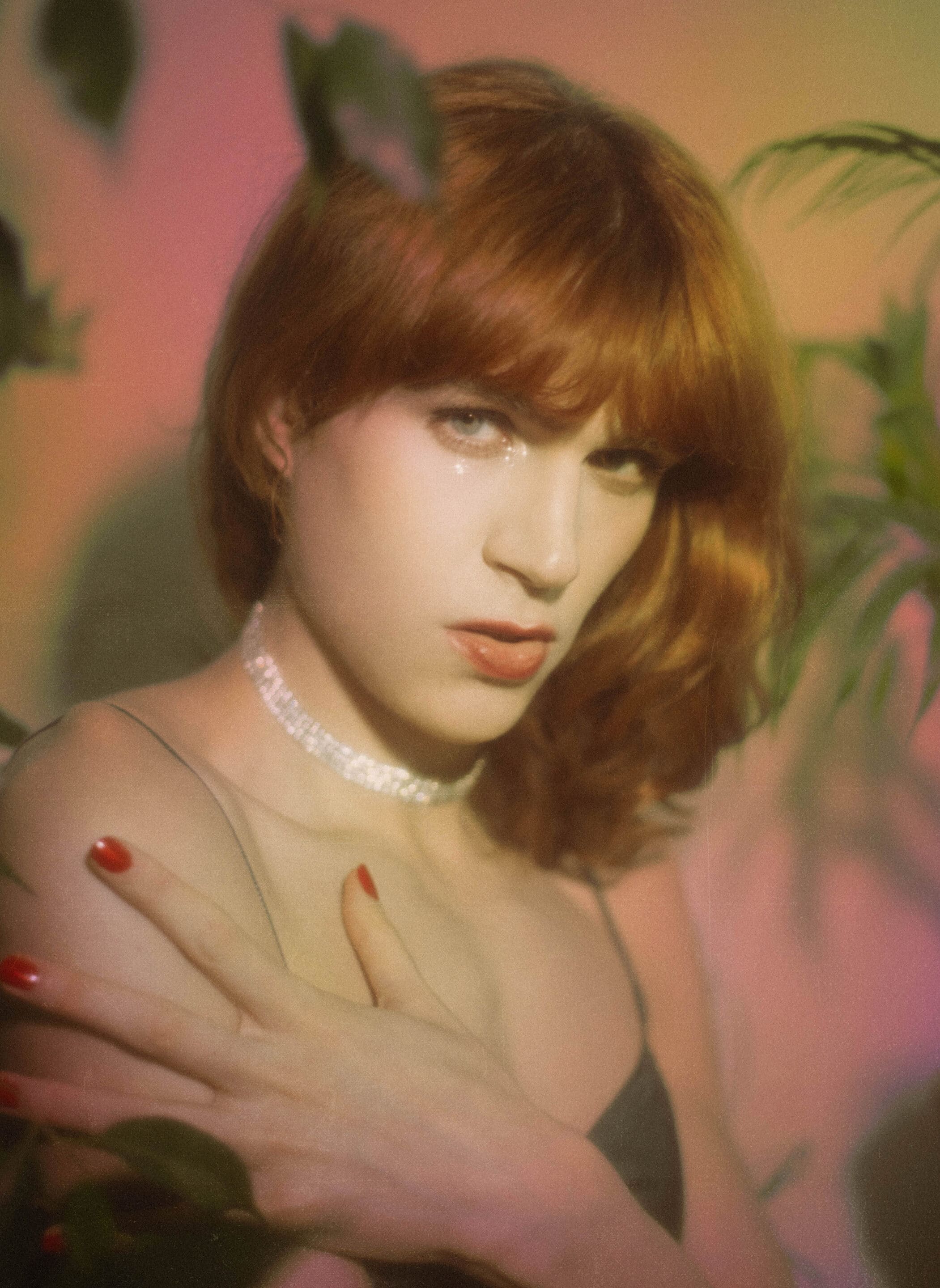
In her artistic activity, Bruc combines visual and textual art. Sometimes she goes for the, so to say, traditional way, and illustrates an already finished story, but sometimes it’s the image that forms the basis of the narration: “I see indistinct shapes, disjointed colors and those impressions are the impulse for a new story“. Either way, in her creative process, “the word and the drawing always go together“.
Pronto seré de oro y carmín (Soon I will be gold and carmine), published in 2021, is Vanina’s second book, after 2017 VERA. It’s a collection of ten short stories, mostly without any plot interrelation, each having a different protagonist, each set in a different space-time context. They offer a truly complex spectrum of universes: from New York in the 1970s, through post-Brexit England, to the 17th century witch trials. The narration is driven by an incredibly vital pulse, a sensorial force so potent that it leaves a literal, physical impact on the reader’s body.

“I really like creating worlds. When I write, I am very plastic, very sensitive. What I do is transport myself to these worlds, and in order to do so I’ve developed a series of techniques that help me enter the story. One of them is with music, which moves me geographically, but also temporally and emotionally. Another thing I do is, depending on what I write, I put on one make-up or another, I dress one way or another. I connect with the characters and the colors they represent for me. In this way, I manage to enter their world and once I am inside, well, I am really inside. I feel like I am a channel and, although I am creating the story myself, I am floating through it.“
All the stories, despite their socio-geographic and thematic heterogeneity, have a common factor. The protagonists, predominantly queer characters, share the “urge to escape and to be free, but with all the physical and psychological obstacles that this entails, because it is not so easy to break free and leave everything behind. We live in a society that is constantly oppressing us“.
The author explores the limitations imposed by their life conditions, and the ensuing emotional and identity struggles they go through. All the characters are depicted at the moment of a life transition. What interests the artist is precisely what happens when someone undergoes a very strong crisis. “I love to see how we react under pressure, when we are on the limit, when we stop trying to repress so much within ourselves, only because that is socially expected. What comes out of us is, in a sense, a very beautiful bestiality.“
How did she manage to embody all these drastically different perspectives? Thanks to her great empathy and a desire to understand someone else’s way of thinking.
“Somehow, I know how to get out of myself and think: now, what I’m doing is living someone else’s story. It’s not always easy, because in my book there are characters that, for me personally, generate rejection. However, in some way I can understand them, because I’ve met people like that, I’ve seen people like that in the media. So I put together all these familiar elements and give them a voice. And this voice, even if it’s not mine, is credible.“
“Hence, this conservative “I don’t understand“ attitude is pointless to me. I’m sorry, but If I don’t share your ideas, but, in spite of that, I am able to understand, not justify, but understand and portray your psychological perception, you are perfectly capable of understanding mine. It is possible that we all coexist in peace. This is called humanity.“

Besides being a piercing voyage through the human psyche, the book is also a vivid spectacle of colors, each developed in line with the given character or their current state of mind.
“I am synesthetic. It is very easy for me to evoke things when I see a color“, says Vanina.
Like that, the last short story, Carmela según Carmela (Carmela according to Carmela), is silver, which for the author represents the moon and, by extension, femininity. Invoking the lunar energy, the protagonist, a witch about to be burned at the stake, is demanding her right to be a free woman. “In this story, I also talk a lot about gold and carmine, but not as something opposite to silver, because I think we all have these two energies, silver and gold, within us. I consider gold and carmine to be a superior state you reach when you no longer care about what surrounds you and become boundless.“
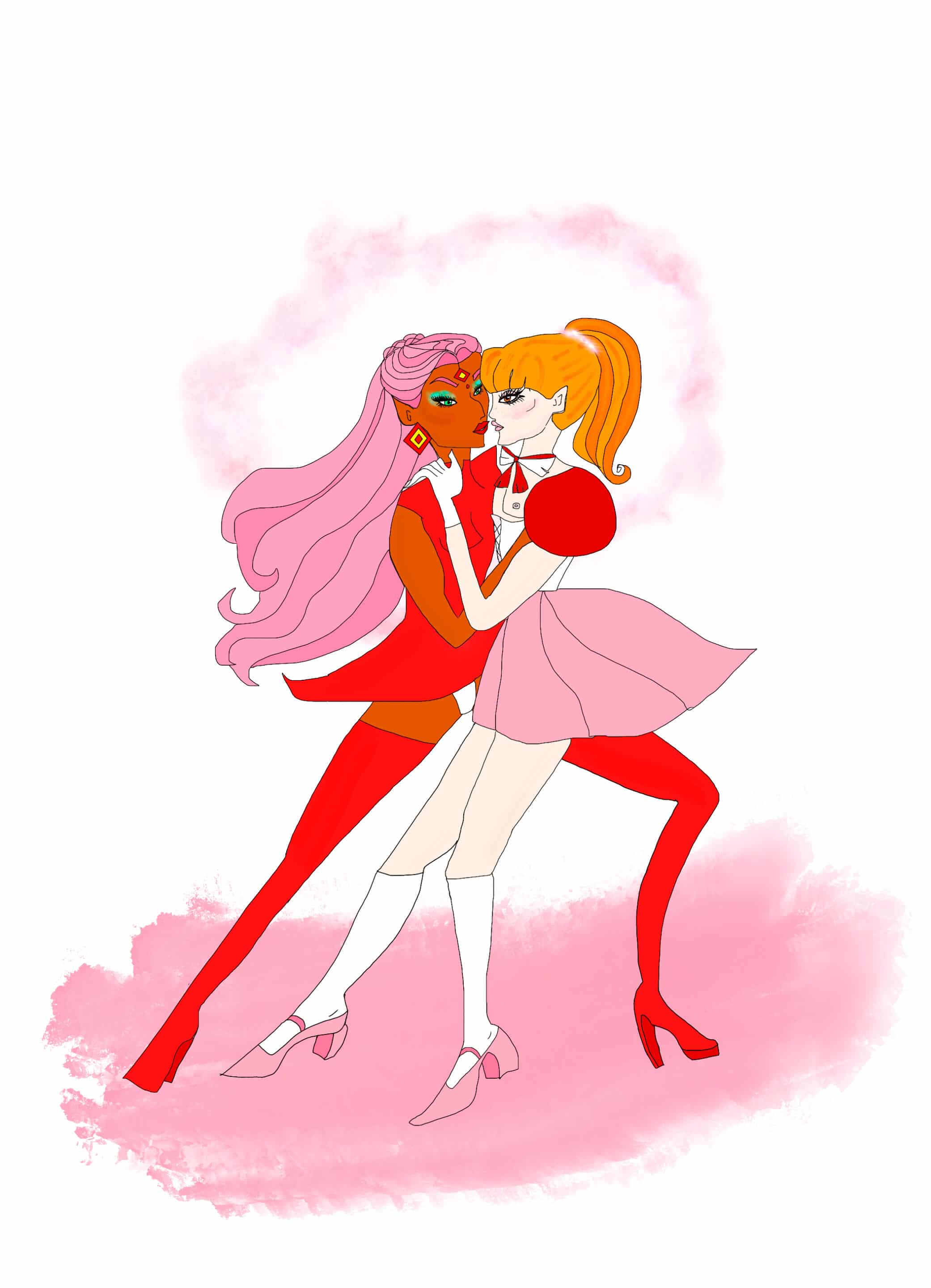
Thus, the golden flame that is to burn Carmela is the author’s manifestation of liberation and a claim of freedom. A step that brings us all closer to “the gold and carmine state“.
